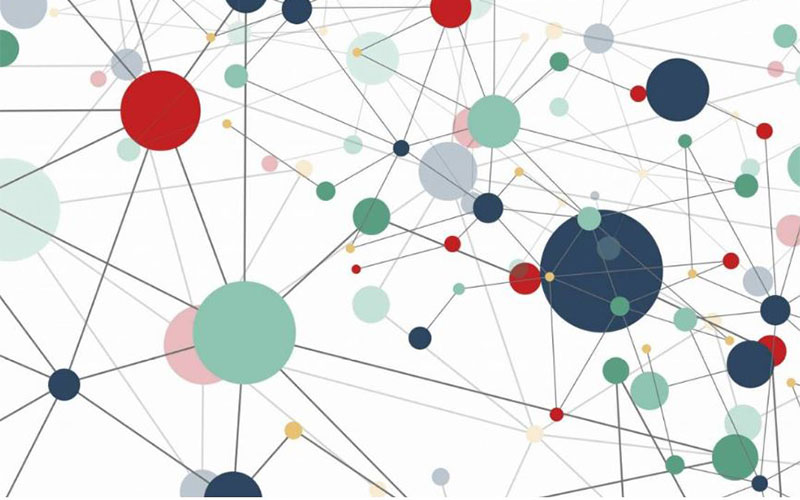LINKS: Tracing climate investments
Aligning the broader financial system with low-carbon pathways of development is a key challenge to delivering the Paris Agreement targets.

10 June 2021
Overview
LINKS explores the market structures for low-carbon finance - capital flows directed towards renewables and energy efficiency interventions with direct greenhouse gas mitigation benefits - with advanced computational techniques and extensive financial and investment data. The goal is to show how micro investors’ behaviour and interactions give rise to large scale investment trends. Employing network analysis on long-term investment data allows me to determine the structure and growth of the investment system based on the dynamism of investors’ behaviour, their influence in the system and investment trends.
‘Shifting the trillions’ to close the climate investment gap requires to exploit such investors’ dynamics as they shape the actual flows in low-carbon technologies and drive the direction of technical change. The evolution of inter-connected structures will determine how the system could pool long-term financial assets to boost the low-carbon transition; how policy can seek to take advantages of non-linearity and tipping points in the system by influencing key actors and connections; and will determine the main winners and losers within the financial system itself. Understanding such aspects of the financial system is crucial to identifying points of intervention that climate policy can leverage to spur green finance.
Key analyses include:
- Which network structures and investors lead to pathways of low-carbon deployment. It assesses which actors and relationships drive the growth of low-carbon investment globally; the ones responsible for investments in the initial stages of the sector’s development; the inducement and influence that different actors have on others, and the actors and relationships that are key for market development.
- How they evolve and self-organise over time in response to stimulus from external environment. It identifies the role that technological change, institutions and country contexts have played in the growth of low-carbon investments. It identifies the levers that these have impacted within the investment system to provide an understanding of why these environmental dynamics matter.
- How their dynamics could boost more investment towards low-carbon projects, when supported by conducive policy. It studies how different market structures amplify the effect of different policies and invested public resources. Methods of influence maximisation will be used to identify the set of optimal influencers in a large-scale network to best allocate public resources to trigger a non-linear growth of investments.
- People
- Nadia Ameli (PI)
- Dr Jamie Rickman
- Sumit Kothari (PhD student)
- Francesco Larosa (Visiting PhD student)
- Links
 Close
Close

